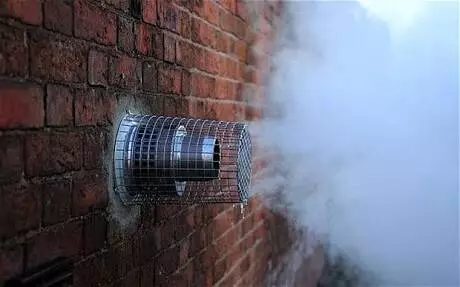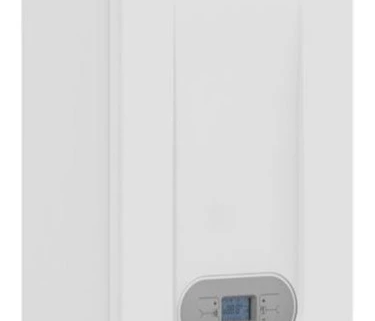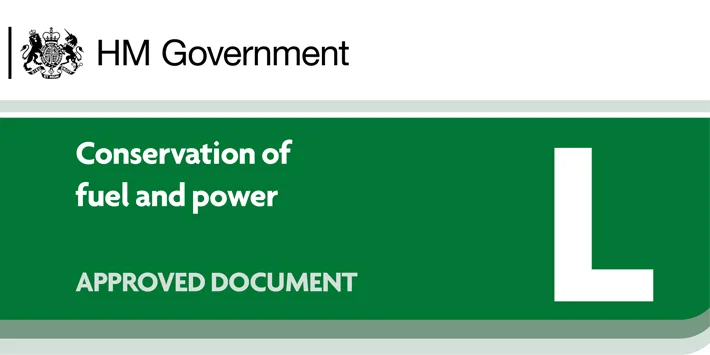Condensing Water Heaters Legislation UK 2022
Condensing Water Heaters Legislation UK
Condensing water heaters – The UK government announced revisions to the approved document “L” of the Building Regulations of England and Wales, which defines the criteria for the energy performance and carbon emissions of new and existing buildings, on December 15, 2021. One of the modifications involves tighter thermal efficiency for domestic hot water systems in commercial and industrial water heating applications.
Section 6 of the Scottish Building Standards covers energy performance, which means that in Scotland to you must also install condensing water heaters to.
Guidance documents, called the Technical Handbooks in Scotland and the Approved Documents in England and Wales, provide support for the regulations. How to actually attain compliance is explained in the guideline publications.
Energy efficient water heating for domestic and commercial applications
Usually what happens first in the commercial market, often filters down into the domestic market fairly soon after- but there is no news on this as yet.
Energy savings water heaters
Direct fire water heaters must have a minimum heat generator seasonal efficiency of 91 percent (gross calorific value, GCV) for natural gas and 92 percent GCV for liquefied petroleum gas (LPG) by June 15 of this year (2022) . For indirect fired water heaters, the minimum heat generator seasonal efficiency (GCV) for natural gas and LPG is 91 percent. The revised criteria apply to both existing and newly constructed non domestic building stock.
In practise, what would the higher criteria imply? It effectively eliminates the possibility of replacing non condensing water heaters with like for like models in the majority of non-domestic buildings. Only in extreme cases, where a condensing water heater replacement is declared unsuitable by the building control authority, may a minimum seasonal efficiency of 80 percent for gas or 79 percent for LPG be employed.
Installing our high-efficiency condensing water heaters can result in energy savings of more than 20%.
Conserve energy
The increase in hot water heating efficiency, is part of the government’s plan to attain the UK’s net zero objective by 2050, and it represents a significant step toward more energy efficient water heating in non domestic buildings.
Direct fired water heaters are an efficient and cost effective way of delivering huge volumes of hygienic hot water, and hospitals, hotels, and leisure centres, which have a high need for instantaneous hot water, are just a few of the structures that rely on this technology.
Until recently, most manufacturers and suppliers supplied both condensing and non condensing types. Condensing water heaters are capable of capturing and reusing latent heat that would otherwise be lost through the flue gases or hot combustion gases . As a consequence, they are up to 20% more efficient than conventional models. Flexiheat Water Heaters, for example, may attain efficiency of up to 98 percent.

Condensing water heaters – Because the flue gases leaving a condensing water heater are cool, they form a visible mist or plume of water vapour whilst leaving the flue terminal.
We do a full range, with all of our units having a stainless steel heat exchanger, low NOx combustion emissions, better insulation, high energy efficiency, that can be used in a direct, storage or recirculation hot water system – range is here
- Gas multipoint water heaters – which are also known as a tankless water heaters / tankless heater
- Condensing water heaters
- Commercial gas water heaters
The stainless steel heat exchangers that are used in our water heaters ensure great thermal efficiency, coupled with our more efficient burners, result in a high level of energy being recovered from the exhaust gases (the same way condensing boilers work) and the net result is less energy is used by the water heater
Energy efficient hot water heaters
The benefit of moving to more efficient condensing units in terms of energy savings is obvious. Many organisations, however, continue to rely on the ability to replace non-condensing water heaters with like for like models as the present equipment reaches the end of its usable life. Because no substantial work is required, the appliances may be replaced promptly and with minimum disturbance to the building’s regular operations.
While the transition from non condensing to condensing water heaters can be relatively simple, some aspects, such as flueing and condensate arrangements, must be evaluated on a project by project basis. So, our recommendation is to begin working with building owners today to create an asset management programme. They will be adequately educated to prepare ahead to future proof their hot water systems and save energy with regular condition audits and plant asset inspection.
Factors to consider when moving to condensing gas fired water heating
There are two main factors
- Condensate drainage – Unlike non-condensing types, condensing water heaters require an appropriate drainage point to discharge the condensate (the water vapor is cooled via the condensation process and releases the energy – in this process condensate is produced) that forms during normal operation. While a condensate discharge point may be close to the water heater installation, if one is not accessible, another place may need to be found or a soakaway used to accommodate the condensate pipe and discharge – which is normally PVC pipe.
- Flue issues – A vertical flue from the plantroom to the roof is usually required for a classic non-condensing water heater. When replacing a non-condensing unit with a condensing water heater, we have options of using either a co-axial flue, split flue or a single flue system with lengths up to 40 metres or lining the existing flue rise may be a possibility, depending on installation standards and restrictions. Alternatively using a horizontal flue that would pass right through an adjacent outside wall are often used , but this is contingent on sufficient wall space and the terminal location – which must comply with the following standards and guidelines for water heaters up to 70kW
- BS5440: Flues and ventilation for gas appliances with a maximum rated power of 70kW (net); Building Regulations Part J Section: Additional regulations for gas burning appliances with a rated input up to 70kW; IGEM UP 10: Installation of flued gas appliances in industrial and commercial establishments.
By shifting from a reactive to a proactive mindset, they will be able to better prepare for change and budget for future enhancements. Even on the rare instances where exclusions may apply, forethought is essential. Early interaction with building control will be crucial if heating engineers are to be happy with the advice and prevent trouble.
With difficulties come chances. An update will prompt a re-evaluation of the building’s hot water demand. Over the last two years, many businesses will have seen fluctuations in building occupancy. Finally, the revised calculations may indicate that a smaller water heater is now required, resulting in lower initial capital investment and longer term operating expenses.
The transition to condensing technology provides designers and end users of hot water heating system with the opportunity to reposition the water heaters to make greater use of space, for example, at a hotel, the original plant room may be turned into an extra bedroom etc.
Budget allowing, there may even be the option of combining low carbon air source heat pumps with condensing water heaters in a hybrid system to reduce carbon footprint even more and achieve or strive for a net zero economy by 2050
Nobody wants buildings to be left in an emergency scenario without hot water, so if your looking at replacing you existing gas fired non condensing hot water heater , with a now compliant to regulations gas fired condensing water heater (tankless water heaters or storage water heater options – all with stainless steel heat exchangers) then we at Flexiheat UK are the company to speak to – call our sales team to get a price on 01202 822221 or use our email contact above on the web page.

 Flexiheat UK
Flexiheat UK
 Flexiheat UK
Flexiheat UK Flexiheat UK
Flexiheat UK